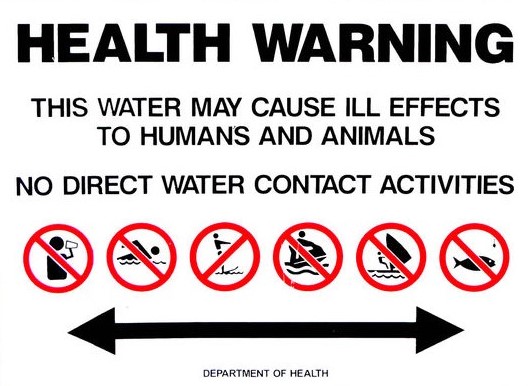Rules that Protect WV Water Under Revision
The rules that set limits on the amount of pollution entering West Virginia’s rivers and streams are up for review. Every three years West Virginia’s Water Quality Standards undergo a revision process called the Triennial Review. West Virginia is in the midst of this process and WVDEP has released their proposed changes, you can view them here.
WV Rivers has analyzed WVDEP’s proposed revisions to Water Quality Standards and recommends additions to adequately protect human health. You can read our full comments to WVDEP on their proposed revisions here.
Speak Up Now! You can comment on proposed revisions to Water Quality Standards through July 10. View our fact sheet and submit your comments here. You can also submit comments in person during a public hearing on July 10 at 6:00pm at the WVDEP headquarters in Charleston.
Summary of Revisions and Suggested Comments. See our full recommendations here.
Human Health Criteria. EPA updated recommended safe limits for 94 chemical pollutants. These limits are based on the latest scientific information to protect human health. WVDEP has chosen to only adopt the updated limits for 56 pollutants.
Request: Adopt all 94 recommended criteria to proactively protect human health.
Overlapping Mixing Zones. Revisions allow for overlapping areas where toxins are allowed to be discharged at levels that exceed safe standards, relying on eventual dilution. Overlapping mixing zones can lead to dangerous combined effects and potential interactions between pollutants.
Request: Require evaluation of cumulative effects and interactions between different pollutants on human health before approving overlapping mixing zones.
Request: Specify signage warn the public that the waterbody contains high levels of pollutants harmful to human health.
Harmonic Mean to calculate discharge limits. Remember the toxic water bill, aka “Cancer Creek bill”, the WV Legislature passed in 2017? Now it’s being implemented with the proposed changes in this rule. The consequence is more toxins and cancer-causing chemicals allowed in our water. The new method, harmonic mean, is not adequate for protecting us from toxins with short-term exposure risks.
Request: Include discretion to apply a more protective method for calculating discharge limits for pollutants known to have short-term exposure risks.





